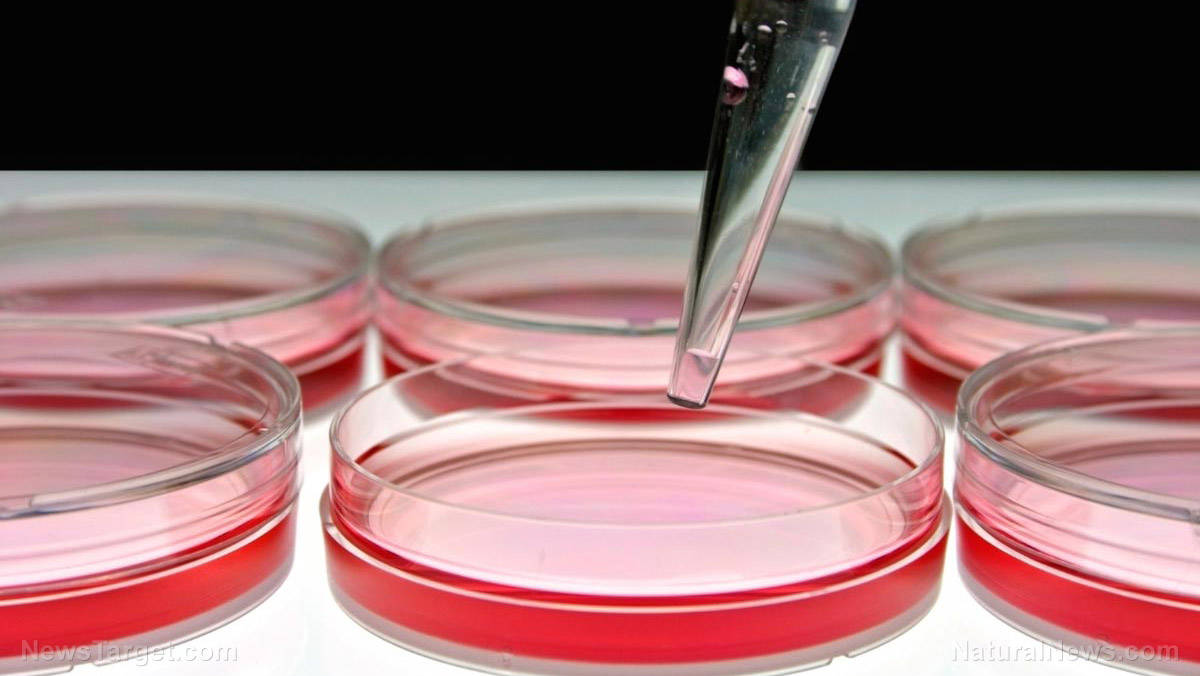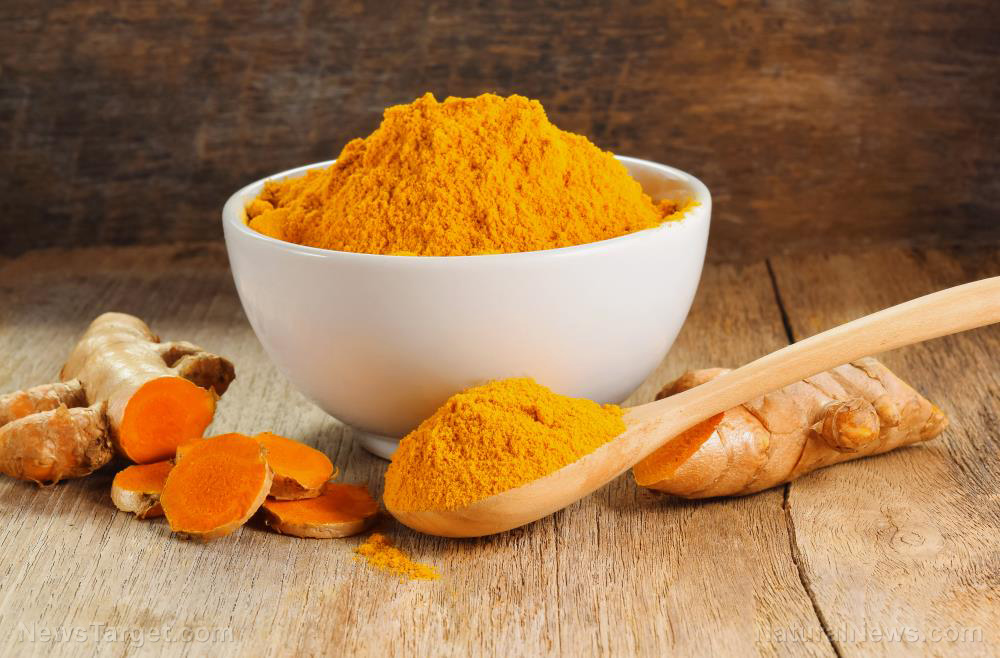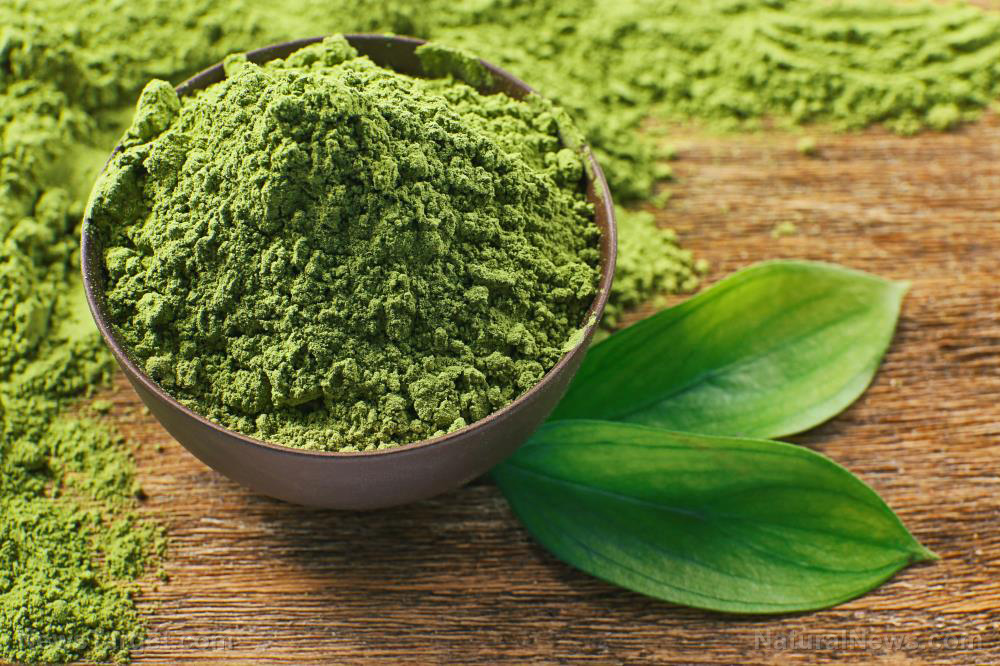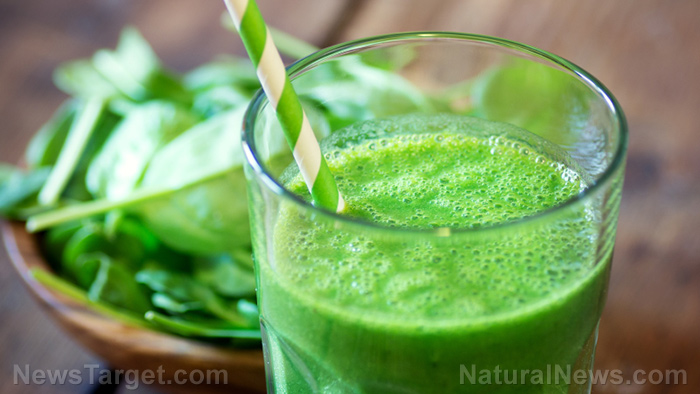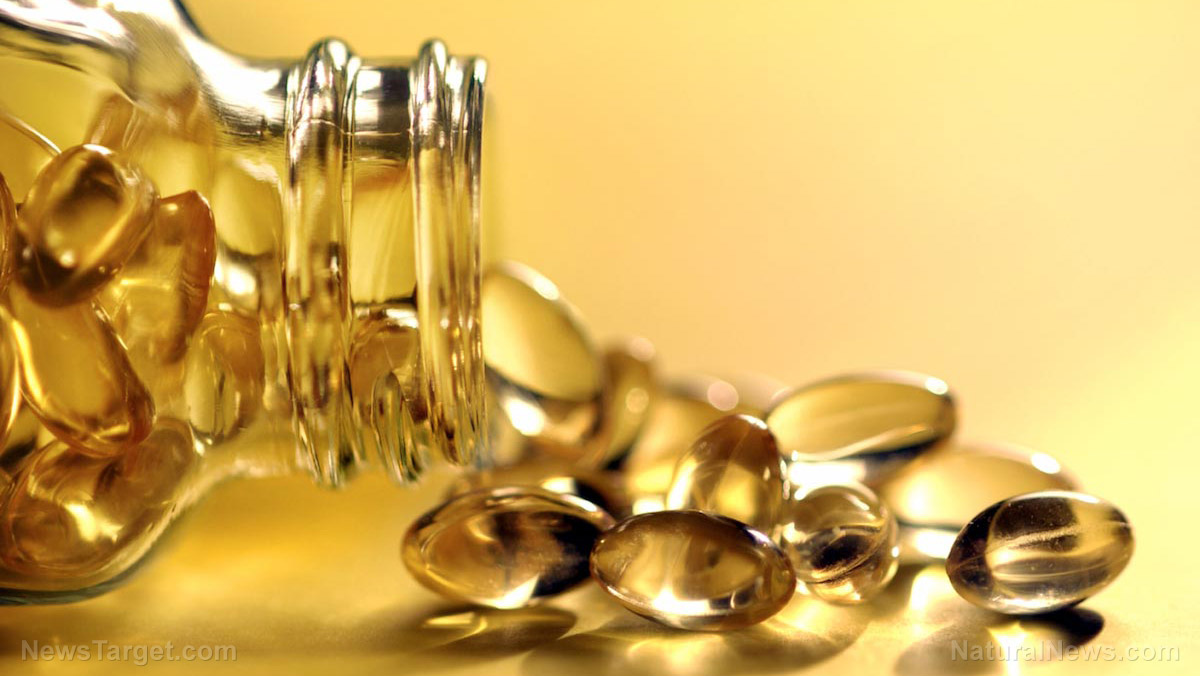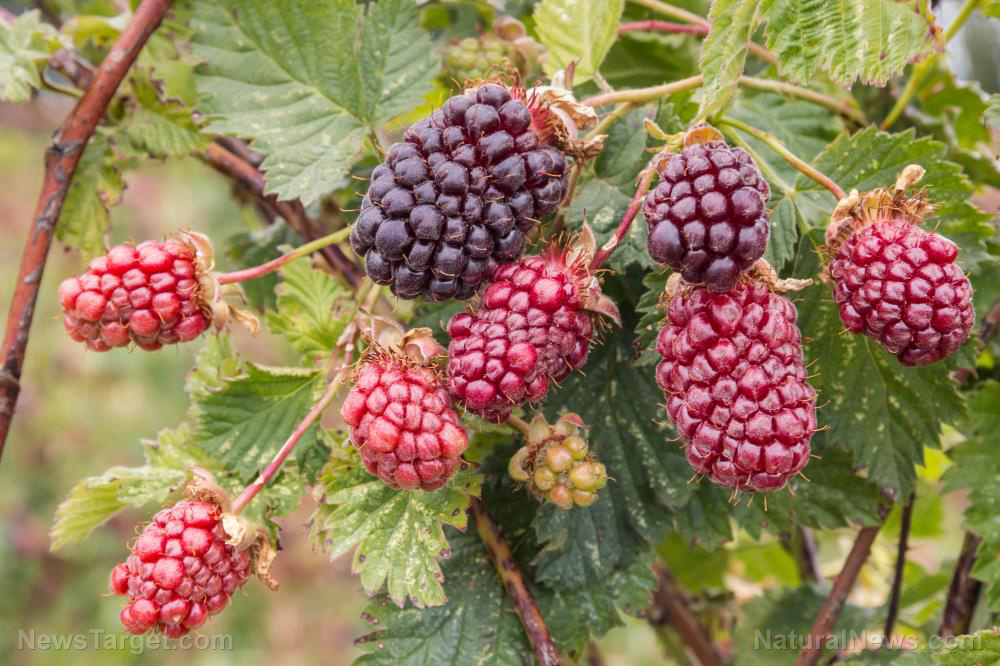7 Essential oils to use for bee stings
09/16/2018 / By Ralph Flores

Bee stings have a notorious reputation the world over, thanks to boxing legend Muhammad Ali: “Float like a butterfly, sting like a bee.” Of course, getting stung by a bee and being at the receiving end of Ali’s punch are two different kinds of painful, but only a bee sting can hit you outside the boxing ring and even right in your own backyard. Here are some essential oils to help you deal with symptoms, prevent infection, and speed up healing following a bee sting. (h/t to BackdoorSurvival.com.)
- Basil isn’t just for cooking, its essential oil can prevent an infection following a bee sting. It also has anti-inflammatory, analgesic, and antipruritic (anti-itching) properties.
- Chamomile is a potent anti-inflammatory and is a popular ingredient in many topical remedies. Its oil is also known to prevent infection, as well as ease discomfort after a painful bee sting.
- Eucalyptus, known for its distinct smell and its ability to relieve pain and inflammation, can also be used to protect the body from infection after a sting, thanks to its antimicrobial ability.
- Germanium is known for its ability to reduce pain and swelling. However, it can also speed up healing following a bee sting, as well as prevent infection, because of its antiseptic, antibacterial, and astringent properties.
- Lavender has analgesic properties comparable to tramadol, a prescription drug used for mild to moderate pain. It is also one of the best essential oils for the skin.
- Tea tree can help relieve pain and swelling after a bee sting, which says a lot about its antibacterial and anti-inflammatory properties. It can also be used on other insect bites and skin ailments.
- Thyme is an effective antiseptic for bee stings. It’s also known to prevent infection, which happens when bacteria and dirt enter the body through the wound left by the sting. It’s also great for bites and sores.
Some blends for bee sting relief
Learning which essential oil is best for which type of condition is a great way to get relief after a bee sting. One thing you have to keep in mind though, before doing anything else, is to get the stinger out as soon as possible. It only takes a couple of seconds for all the venom in the stinger to enter the body. If possible, wash the affected area with soap and water, then apply a cold compress.
Here are some recipes to get you started with your blends for bee sting relief. (Related: Use Natural Remedies for Bee Stings.)
Sting oil blend
What you need:
100% organic essential oil sets now available for your home and personal care, including Rosemary, Oregano, Eucalyptus, Tea Tree, Clary Sage and more, all 100% organic and laboratory tested for safety. A multitude of uses, from stress reduction to topical first aid. See the complete listing here, and help support this news site.
- 1 drop, peppermint essential oil
- 1 drop, vetiver essential oil
- 1 drop, chamomile essential oil
- 2 drops, lavender essential oil
How to do it:
- Mix all the ingredients in a small bowl.
- Apply the blend to the area where the bee sting is located and get relief.
Sting relief balm
What you need:
- 1 tablespoon, shea butter
- 1 tablespoon, raw honey
- 1 tablespoon, beeswax pastilles
- 4 drops, lavender essential oil
- 2 drops, chamomile essential oil
- 3 drops, peppermint essential oil
How to do it:
- Combine beeswax and shea butter in a pan. Heat until the butter is melted. Let it cool.
- Pour the mixture into a small container (like a jar).
- Add essential oils to the mixture and stir.
- Refrigerate the balm overnight (or until it turns solid).
- Apply to affected area.
Relieving roller ball
What you need:
- ¼ teaspoon, aloe vera gel
- ¼ teaspoon, raw honey
- ¼ teaspoon, raw apple cider vinegar
- 1 drop, chamomile essential oil
- 2 drops, lavender essential oil
- ? ounce, roll-on container/bottle
How to do it:
- Mix essential oils and honey to the bottle and stir.
- Add the remaining ingredients.
- Top the resulting mixture with apple cider vinegar.
- Shake the ingredients until these are fully blended.
- Label the container and refrigerate.
- Use as needed.
Learn more natural remedies for bee stings, as well as other insect bites, at Preparedness.news.
Sources include:
Tagged Under: bee stings, essential oils, first aid, insects, natural cures, natural medicine, natural remedies, off grid, pain relief, preparedness, prepper, prepping, remedies, topical medicine


